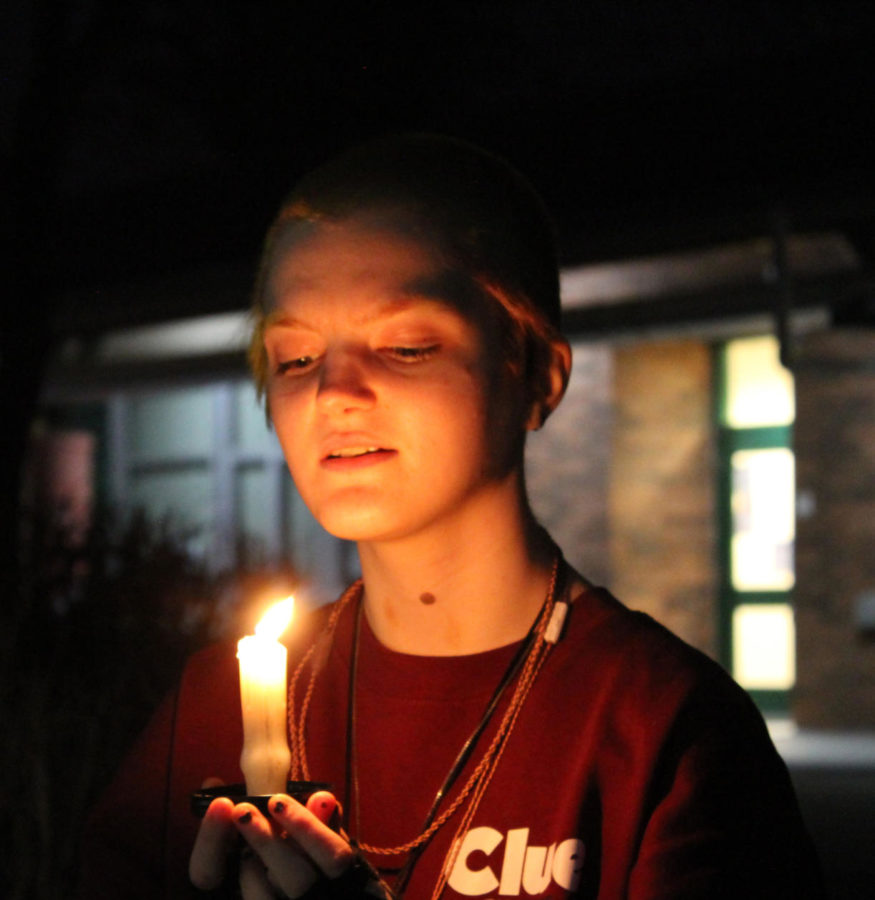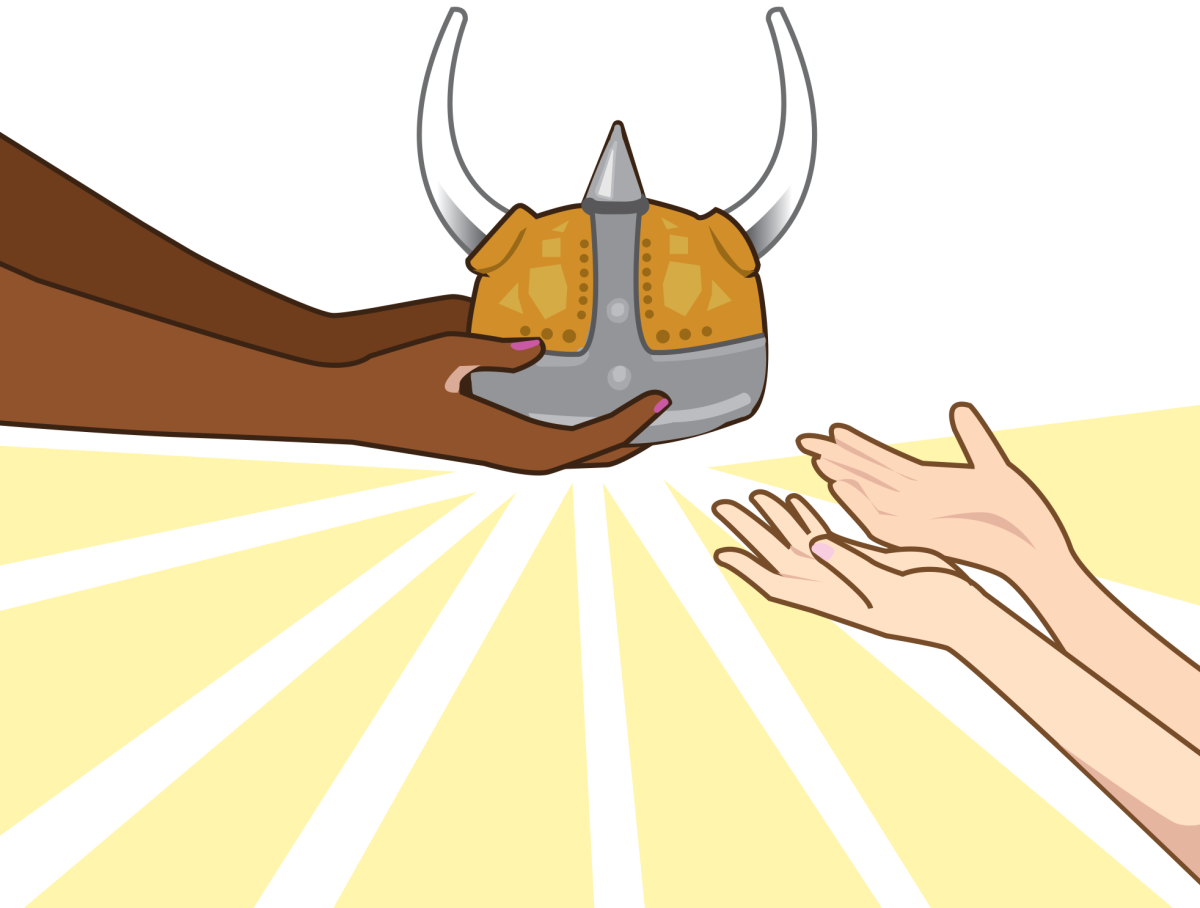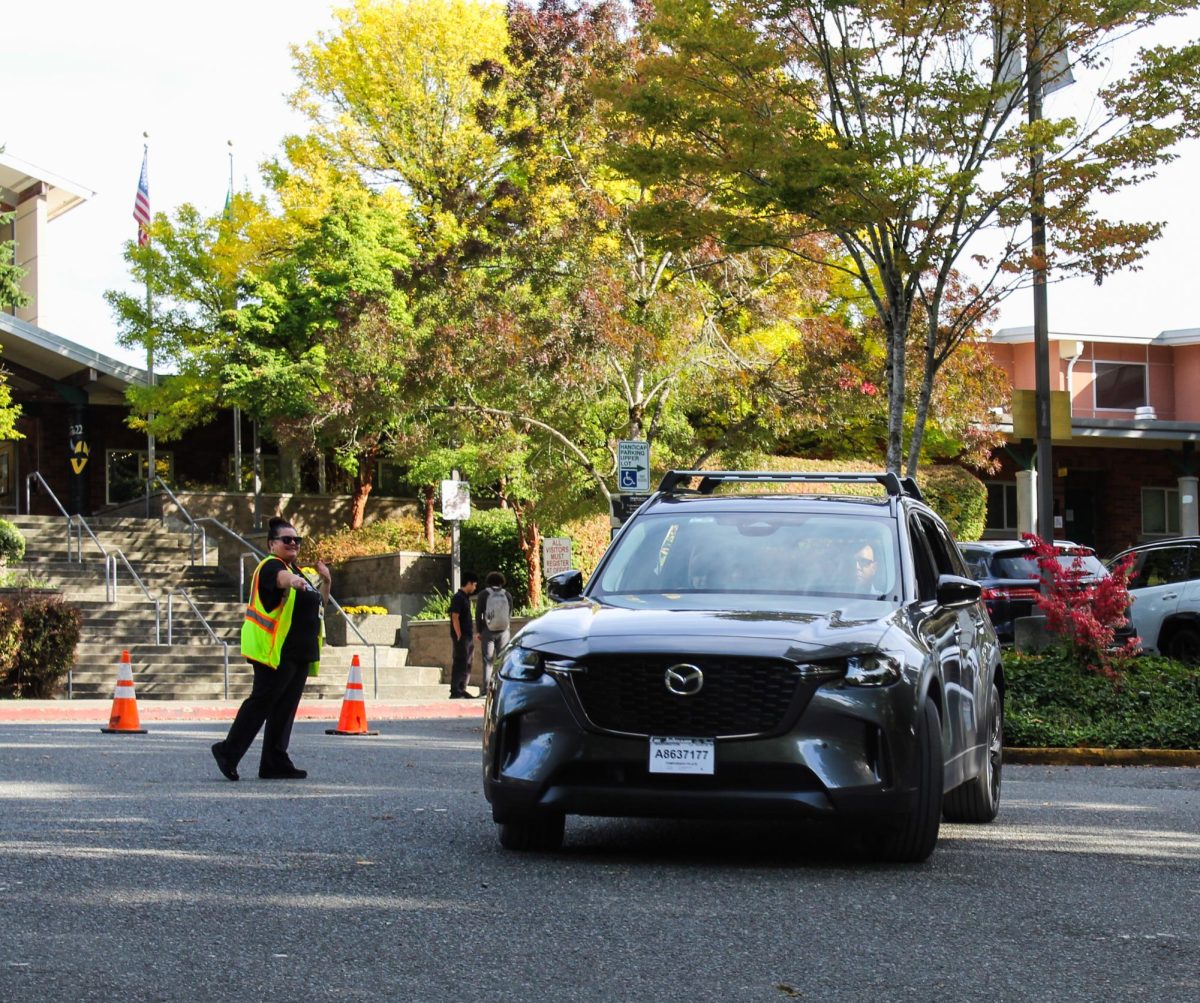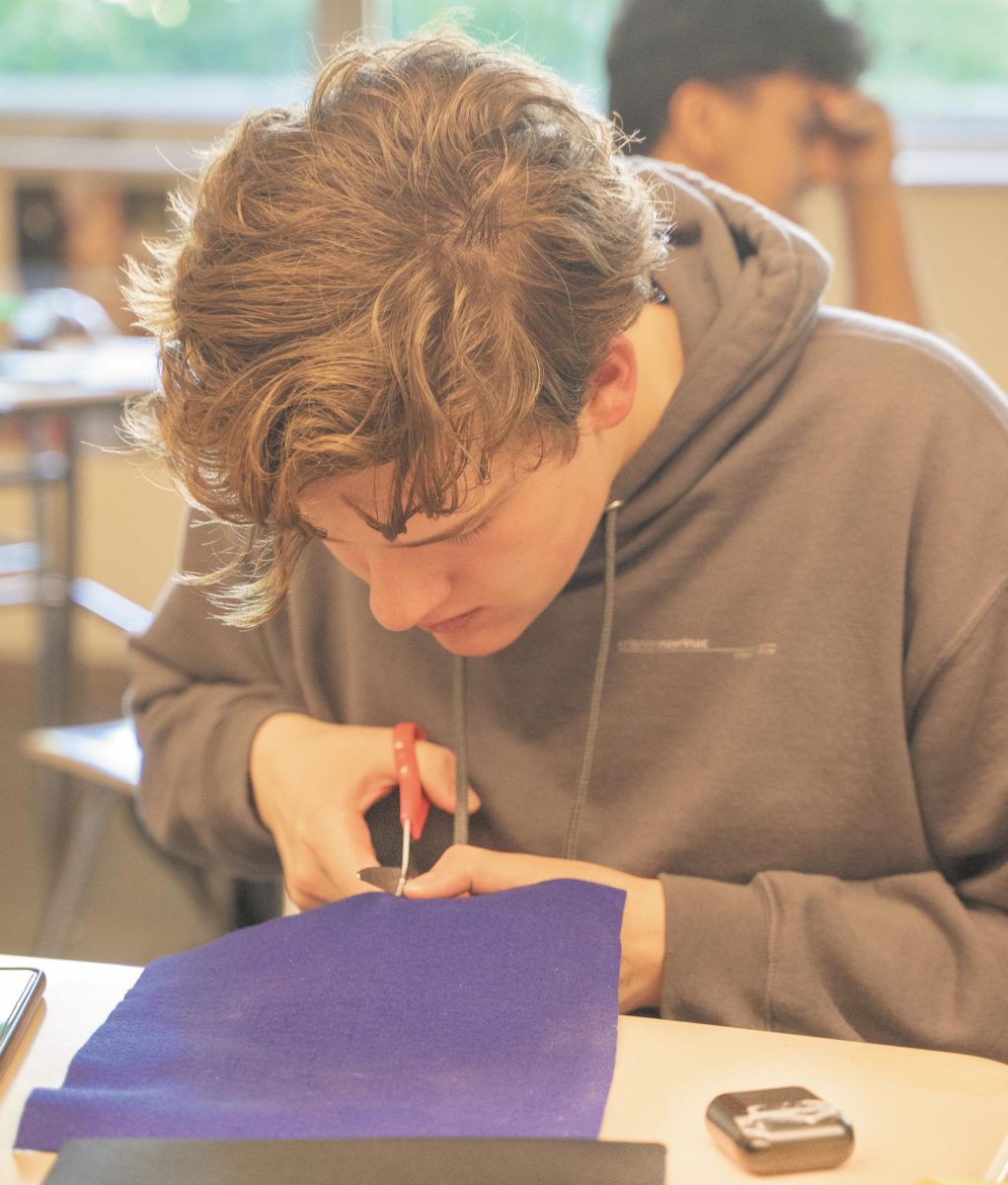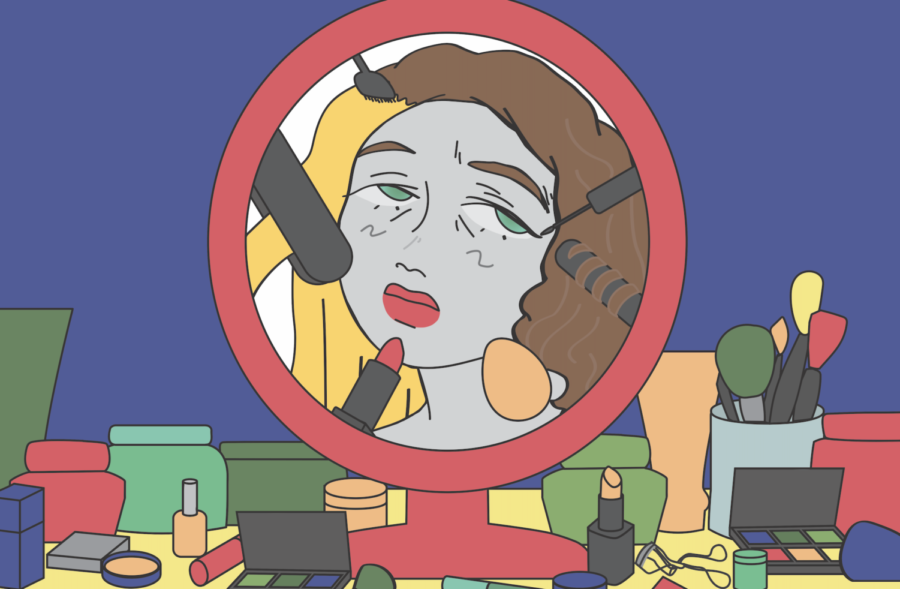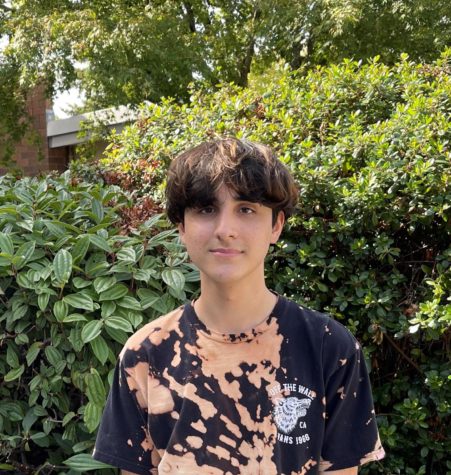For centuries, witchcraft has been associated with negativity. Plays like Shakespeare’s “Macbeth” and films like Disney’s “Sleeping Beauty” have depicted witches as wicked and unbecoming while the Salem Witch Trials of the 17th century made them seem dangerous and inhuman. Media, history and stigma that spans centuries has built up an image of the ‘cruel witch’ in peoples’ minds.
“[Witchcraft] is really not what you would think,” said sophomore Selah Locken. “It’s really shaped in the media to be this bad thing that no one should do.”
Witchcraft is defined as rituals and practices that incorporate belief in magic. This can be done through working with crystals, herbs, meditation, affirmations or lighting candles—anything that is done while focusing on intentions can be used to manifest and receive energy.
“Everyone kind of does [witchcraft] already, and doesn’t really think about it,” said senior Sky Darkhand. “All mindfulness practices and such can be considered witchcraft.”
Often, people perform witchcraft in their everyday lives—things as simple as crossing your fingers for good luck to others as complex as 12-year-olds chanting a rhyme to summon the ghost of Bloody Mary in an elementary school restroom. For Locken, crystals are a main component of her practice, along with meditation.
“I meditate a lot. I have a whole bunch of crystals. And I have incense, and I like to cleanse my crystals to make them more pure,” Locken said. “I carry around rose quartz, which is supposed to bring love, whether it’s a romantic relationship or friendship. I also bring around amethyst—it’s supposed to bring calmness and peace. Those are the two I need the most.”
Locken said being able to find some semblance of control in an unpredictable world by practicing witchcraft is appealing to them.
“I can’t stop a pandemic; I can’t make school go back into session; I can’t revive people who have died from COVID. But this is one thing in my life that I can do myself, and I can feel a sense of control in my life,” said Locken.
Locken said that while witchcraft is a very personal practice, it can bring people closer together and in some cases create community as well.
“When I first got into it, I had no idea what to do, and then I met somebody who was more experienced in it. And that’s helped me a lot,” Locken said. “There’s quite a few people who I’ve met because of it, and it [brings] us closer together because it’s something we can bond over and talk about.”
While Locken practices witchcraft, Darkhand is pagan. Paganism is the religious worship of gods and spirits of nature. The two are similar but not the same, and it’s very common for people to practice one or both.
Darkhand said that their practice helps them focus on self-care and makes them feel like there is importance in respecting all living creatures.
“All creatures, including you, deserve kindness,” Darkhand said. “And it’s kind of a way to remind yourself. I show this amount of respect towards every creature great and small that I see. If I am so respectful towards a plant, then I should offer that amount of care and respect towards myself.”
While peoples’ experiences with witchcraft and paganism are very subjective, both Darkhand and Locken said that they find comfort, gratitude and calmness in their practice.
“[Witchcraft] brings a calmness to me knowing that… it’s something I can come home to and believe in,” Locken said.
“It helps me have a gratitude practice,” Darkhand said.
Hot takes from Inglemoor’s witches
”I think that the use of white sage/smudging is a result of appropriation, commoditization and misinformation. Smudging is a ceremonial practice among many North American indigenous cultures and its current use in Pagan/Wiccan culture does not follow its intended use. I’m not sure if smudging is a closed practice or not but I believe that the misinformation spread about its use lead to its appropriation. Treating something that has been closed off to its rightful groups as a mere commodity seems wrong to me.” –sophomore Rae Lee
“I think a big part of why witchcraft has been seen as satanism has a lot to do with how deeply embedded Christianity is in our culture. To many religious extremists, anything other than Christian or Catholic is seen as ‘wrong’ and ‘needs to be fixed’.” –sophomore Elvira Goforth
“I believe it’s incredibly irresponsible to use white sage if you know about how its production displaces indigenous people and appropriates their culture. If one can claim ignorance, then that’s understandable, but continuing to purchase something you know to be harmful is wrong.” –senior Sky Darkhand



